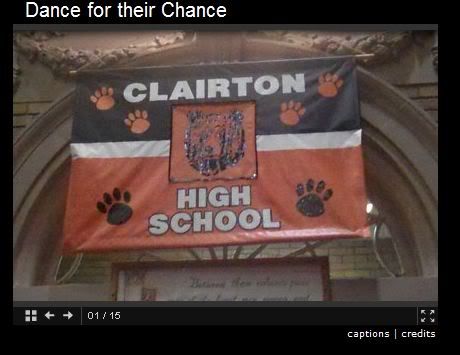Students’ grades are supposed to be a private matter, known only to school administrators, the student and whomever the student chooses to tell. But if one Chicago prosecutor has her way, students at the Medill Innocence Project of Northwestern University will be forced to turn over their grades as well as unpublished notes and course syllabi to her office.
The Medill Innocence Project is not unlike Point Park University’s own Innocence Institute. Both organizations teach students investigative journalism by having them investigate cases of wrongful convictions. Both organizations have also been rather successful at it. The Innocence Institute has helped exonerate 14 people in the last decade, while the Innocence Project has helped exonerate 11 without issue.
“I’ve had a cooperative relationship with previous prosecutors for more than a decade,” Professor David Protess, director of the Medill Innocence Project, said in an e-mail interview. He said that’s partly the reason why his project has been able to get exonerations.
But the cooperative relationship Protess enjoyed has turned into what he calls an adversary one thanks to the arrival of State Attorney Anita Alvarez, who alleges that Protess’ students paid people for their statements and used a variety of unethical tactics.
Alvarez was elected to her Cook County position in late 2008, and she began challenging the Innocence Project on its motives just months after assuming office. Her primary concern was a case students were working on involving convicted murderer Anthony McKinney. Alvarez subpoenaed students’ grades as well as unpublished interviews and notes. She calls it doing her job, but others call it harassment.
I’m not certain harassment is the best word, but without a doubt, Alvarez’s zealous pursuit of this case is ridiculous. Despite what she may say, I believe her true motives revolve not around doing her job, but around the notion that prosecutors, police and other officials do not like to be told they are wrong. I have come to learn this firsthand while doing my own work researching cases for the Innocence Institute.
I was told by a secretary at the Allegheny Courthouse once that a person whose case information I was seeking was a “frequent flier” and “did not seem very innocent” to her. Another secretary said I should be careful about what I am getting myself into.
These commentaries should not be coming from on-duty court officials. The attitudes and ideas behind these remarks only promote the kind of situation that Protess and his students have found themselves in.
And that situation has gotten ugly.
Alvarez’s office leaked internal memos to reporters for “background,” which included unsubstantiated claims of misconduct on the part of Protess’ students. According to Chicago Magazine, Alvarez demanded to see student’s grades based on a statement from a witness who told investigators students were nice to him so he would grant them an interview. They allegedly told him the interview would have given them better grades.
Alvarez posed this question in the article: Would a student do this and why?
Actually, I do believe that in some cases a student may use this approach or a similar one and not be guilty of misconduct.
I was involved in an incident in which I had to ask a court representative why I had been given misinformation. I told the representative that I had been working on a story for class, and that my teacher was upset that I was unable to produce it because I didn’t have the right information.
I didn’t say this to manipulate anybody; I said it to relate to the person. Professionals understand wanting to do well in school, and that understanding is a way to get them to do what you need them to. Talking to a person in a way that will get them to help you is just a part of the job of a journalist.
It is understood that a witness is not necessarily the same as a courthouse professional, but the principle still applies. If those students got A’s on the assignment, does that mean they are guilty of malice? If they each received F’s, would the scrutiny end? The answers are no and absolutely not.
Chicago Tribune columnist Eric Zorn wrote in an opinion article that in light of Alvarez’s actions, perhaps defense attorneys should be able to browse performance reviews of law enforcement personnel to determine patterns that might “inspire them to look a certain way at the evidence or disregard the statements of certain witnesses.”
Why not? If there was no such thing as prosecutorial misconduct, innocence projects would be put out of business because wrongful convictions would be a much rarer occurrence.
And let’s not forget that these students are journalists; Alvarez needs to take that into consideration. The students are gathering news for stories, not evidence for trials. There is no constitutional right for newsgathering, but that doesn’t mean students should be persecuted for it if they are following the law.
Most people agree that journalists should not pay people for their interviews. But even if they did, it’s not a crime. It may be unethical, but it’s certainly not illegal. In that vein, criminal prosecutors have absolutely no business trying to tell police something like the Society of Professional Journalists’ code of ethics.
The American justice system is highly flawed, and prosecutors like Alvarez make it worse by launching crusades like the one against the Medill Innocence Project. It’s simply a distraction from the real situation - a potentially wrongfully convicted man trying to receive vindication with the help of publicity from a well-intentioned professor and his students.
story originally published in The Globe


